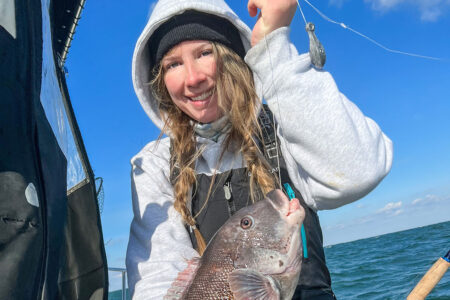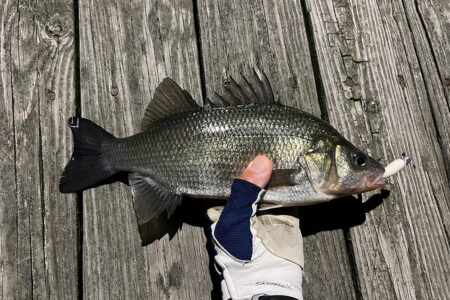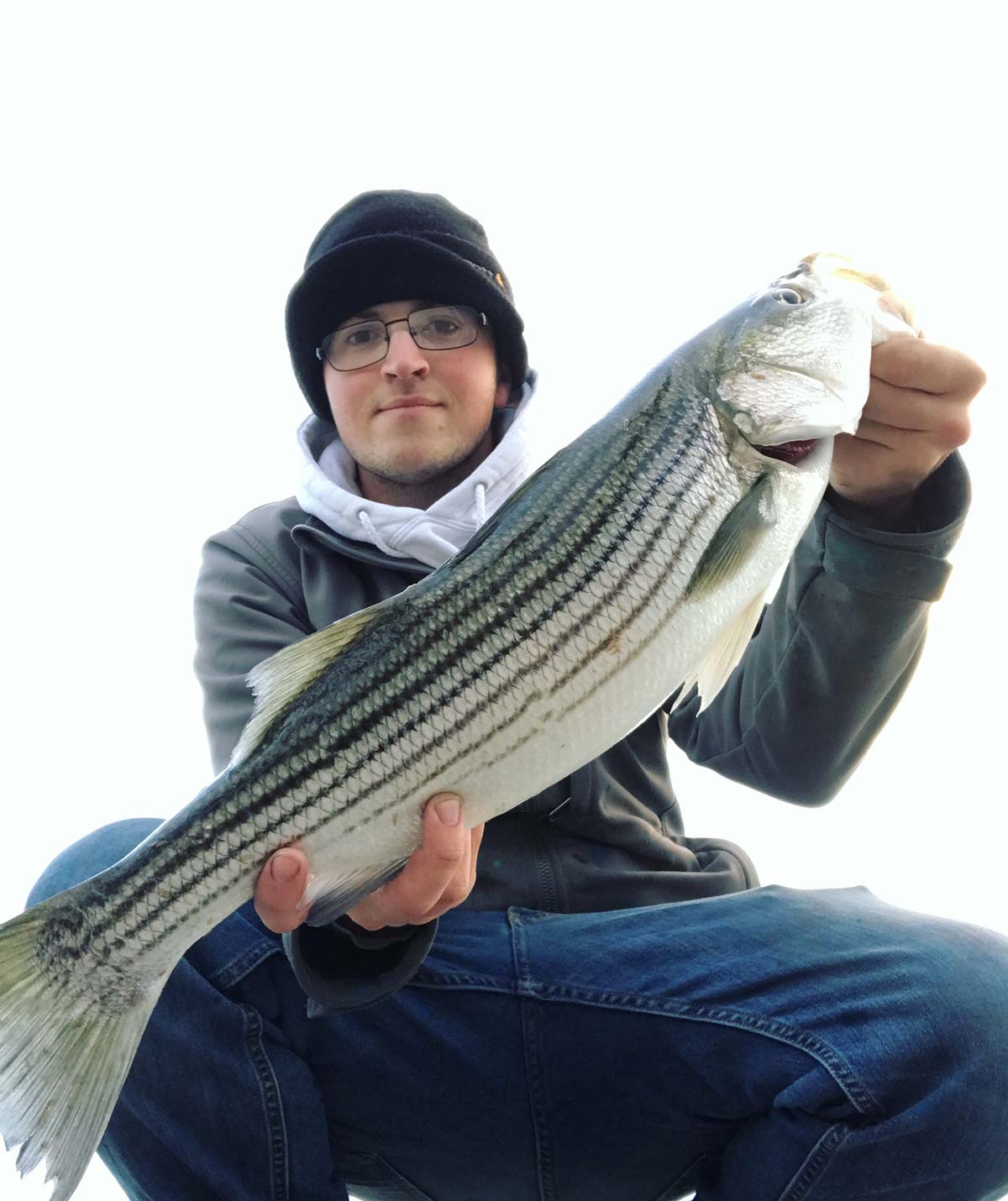
A simple float rig is an excellent way to hook a mixed bag of early-season saltwater fish.
Early season saltwater fishing in my local waters of southeastern Connecticut can be a challenge. Unpredictable weather patterns, scattered fish populations and fish that are sometimes just not willing to eat all present their own unique challenges. One area that has produced more regular catches during this transitional time of the season is mud flats and the edges of the channels that run through them. Anglers may encounter striped bass, white perch and tautog in these areas and you might also hook a winter flounder or two.
Mud flats are known to warm up faster than surrounding waters, as their dark bottom absorbs heat which helps to warm their shallow waters. I use Google Earth to locate likely areas for early spring fishing. Zoom in on any channels you see running through these soft-bottomed backwaters and look for deeper cuts that abut a shallow, dark-bottomed flat, if there is visible rocky structure or hard bends in the channel, all the better. These areas provide places for fish to hold in cold weather with easy access to a food rich environment on the shallow flats. It’s important to note that this is not likely to produce lock and load fishing, location is everything at this time of year and you’re probably going to have to hit multiple spots before you find a location that gives up semi-reliable catches.
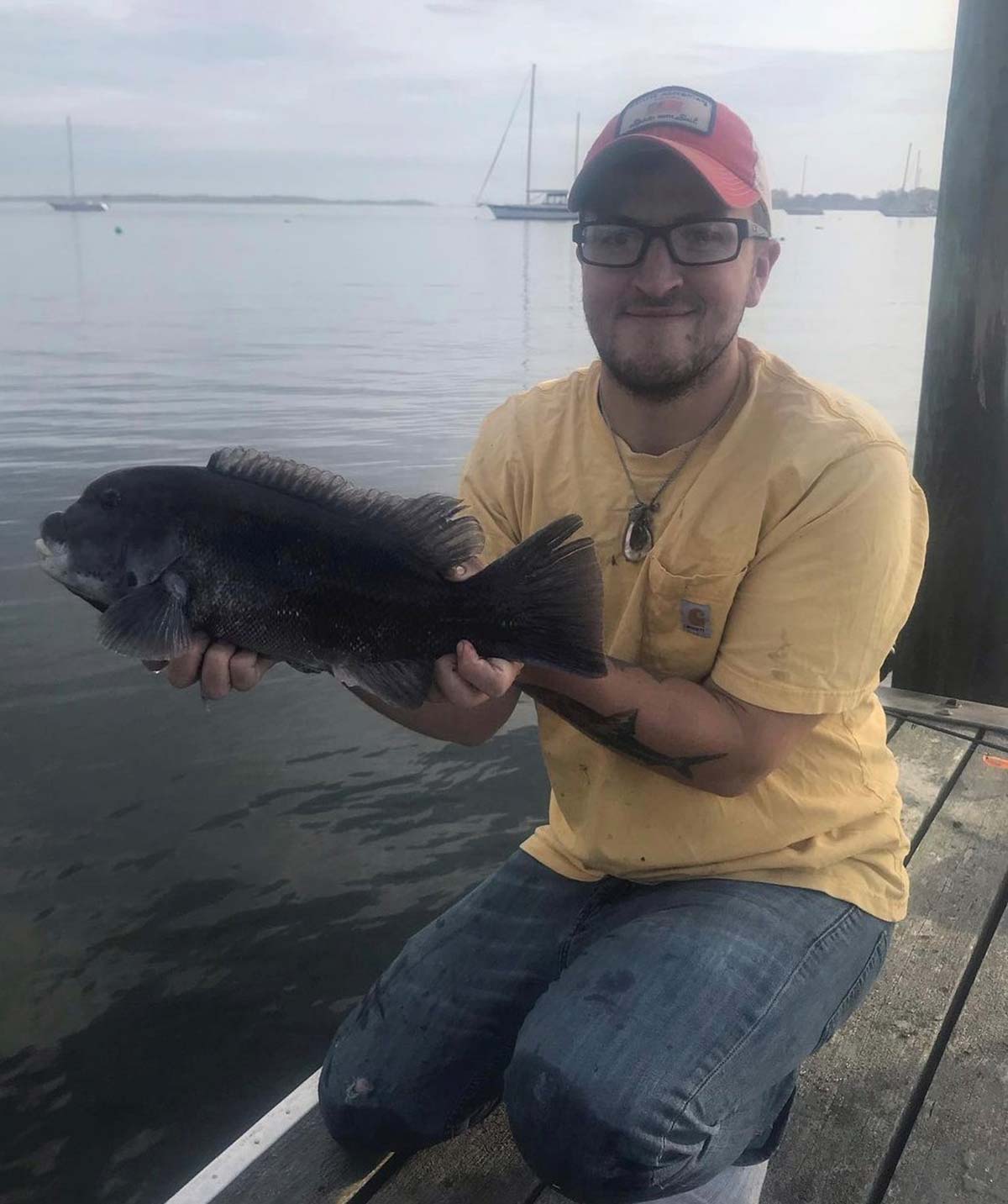
Simple Presentations
Small lure presentations can be very effective, at times. Small jigs like bucktails and soft plastics on light leadheads are some of my favorites to fish near the bottom in these spots. But, as I’ve alluded to already, these fish are often finicky and sometimes a lure just won’t get them to commit. However, few fish can resist a juicy sandworm. Using bait will also broaden the variety of your catch. You can use a simple ‘button rig’ such as the Carolina Rig made popular by freshwater bass fishermen, using a sandworm in place of the soft plastic, but spider and horseshoe crabs are terrible bait thieves which can lead to an expensive day, especially with today’s sandworm prices.
To solve this problem I adapted a method made popular by salmon and steelhead fishermen with the use of a slip float for a much more productive and natural presentation. If you’ve never seen how steelhead fishermen set up these rigs, you have a hook, a long leader, a Styrofoam float threaded onto the leader, a small plastic bead, some split shots and a moveable bobber stop. A bobber stop is just a nail-knot tied over a piece of tubing, you thread your leader through the tube and slide the knotted cord off the tubing onto you leader and pull it tight. The stopper will grip the leader tightly enough to hold it’s position, but can be easily moved around with your fingers to set the drift depth of your bait, the bead just ensures that the float won’t jam in the knot. I use a 1/0 inline circle hook on the business end tied to a 18- to 24-inch 20-pound (sometimes 10-pound) fluorocarbon leader which is attached to my running line with a small barrel swivel, I space out three BB split shots on the leader to help keep that bait down.
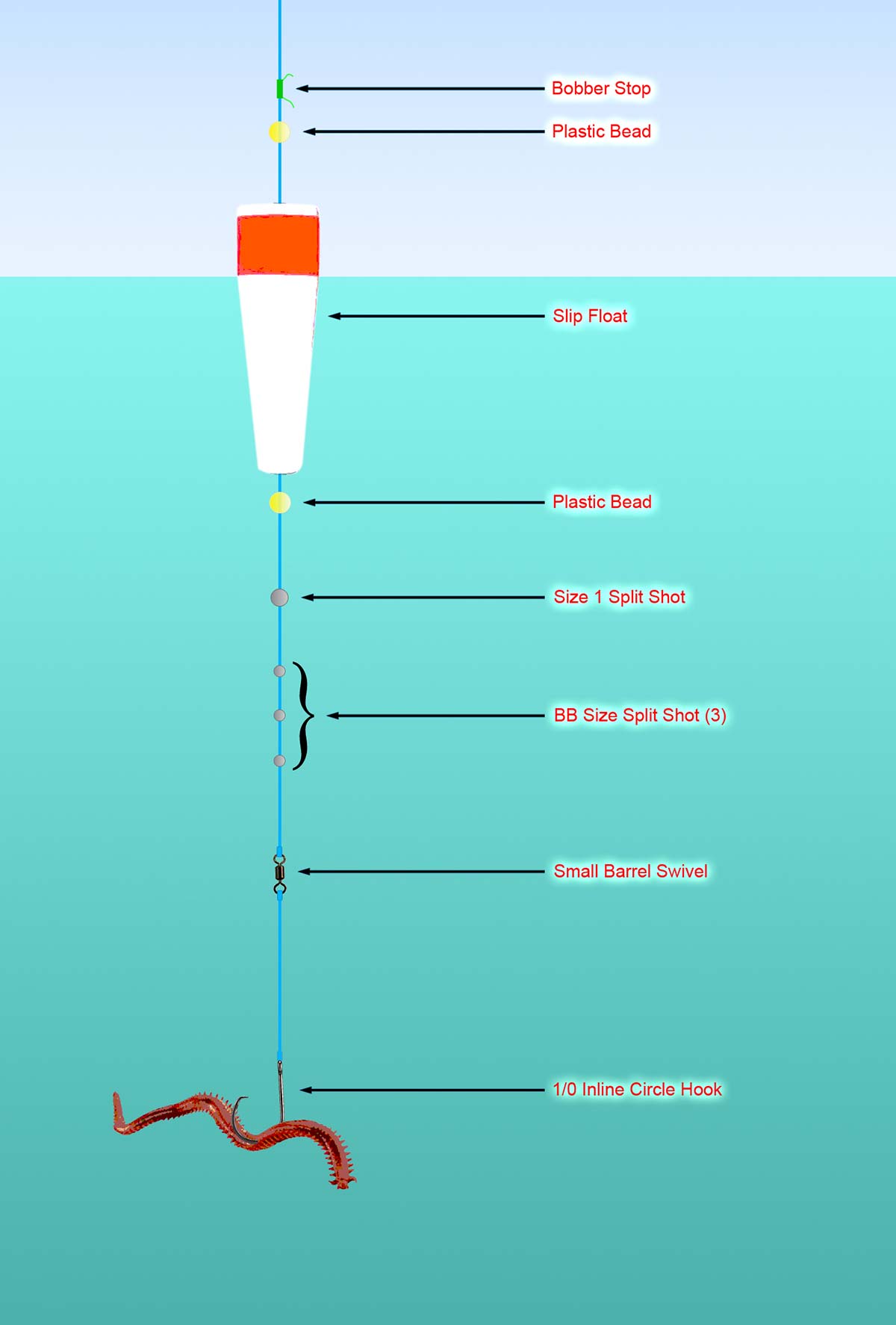
Setting Your Drift
Some days I find the best success setting the drift just a few inches below the surface, other times the bites come with the bait drifting along just above the mud. You never want your worm to drag along the bottom, I’ll remind you again about the crabs that will delight in snipping your worm off just below the hook! When you see the float dip below the surface, don’t forget that you’re using a circle hook, there’s no reason to get excited and drive the hook home, point the rod at the bait, reel until your line goes tight and gently-yet-firmly lift the rod. Very often the fish will hook themselves, it’s a simple and – nearly – fool-proof way to catch a variety of early-season fish.
This method doesn’t require much specialized tackle beyond the slip bobber, most anglers have a light setup they use for albies and other tropical visitors in the fall, this same rig will usually fit the bill. I really enjoy this method so I have actually assembled a specialized setup for this type of fishing. I have found that using a little longer rod, at 8 feet, helps me control larger fish and also allows me to get a little more distance on my cast when I need it. My rig consists of an 8-foot medium St. Croix Avid paired with a 4000-size Penn Conflict, spooled with 20-pound Super Slick. This is a nice lightweight combo that can still put the boots to fish of a larger caliber. This combo is also great for throwing lightweight plastics and tins for the funny fish that come into our waters in the fall, you’ll love that little punch in casting distance when the fish are just out of range of the “more typical” 7-foot setups.
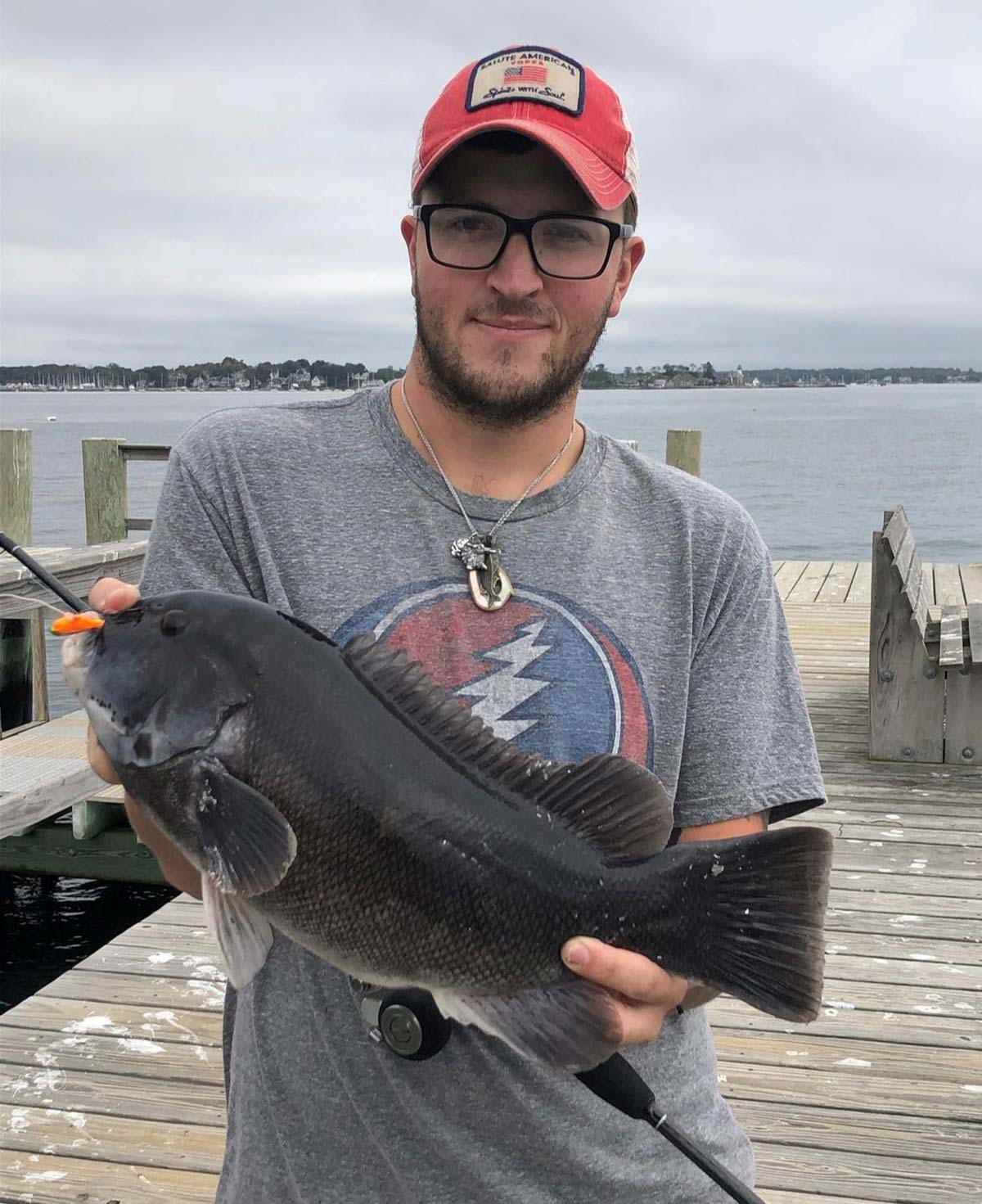
What & Where
Most of the bass you will catch will run between 16 and 28 inches, but 20-pounders are not out of the questions. The largest striper I have taken using this method measured out at a whopping 42 inches and let me tell you, that fish was a blast on my light 8-footer! At the same time blackfish are staging in these areas before they move up to spawn on the flats, they are hungry and will happily slurp down a sandworm drifting by—and they are pretty frequent bycatch. I find it kind of amusing to catch 20-plus pound stripers and double-digit tog using a float and worm. Something I think is important to say here is that those big blackfish should really be released in the spring so that they can complete their spawn and populate the next generation of these awesome fish.
I think the ‘float and worm’ will work just about anywhere there are mudflats with channels running through them, but I’ll give you a few areas that have worked for me. Areas like Bluff Point, Stonington Harbor and the mouth of the Mystic River are some good places to try in eastern Connecticut. In Rhode Island, any one of the salt ponds that feed back to the ocean through the breachways or inlets are a good bet, just use those satellite images to find some likely spots and give it a try. One last word of advice, the tides play a big role in this style of fishing: for instance, low tide might drain the flats you’ve been eye-balling. The ideal setup is fishing an afternoon high-dropping tide after a warm sunny day.
For me, fishing with a float and sandworm brings me back to my earliest fishing memories, dunking worms for bluegills in Coventry Lake with my dad, but this time it’s for much larger and much more challenging fish.


